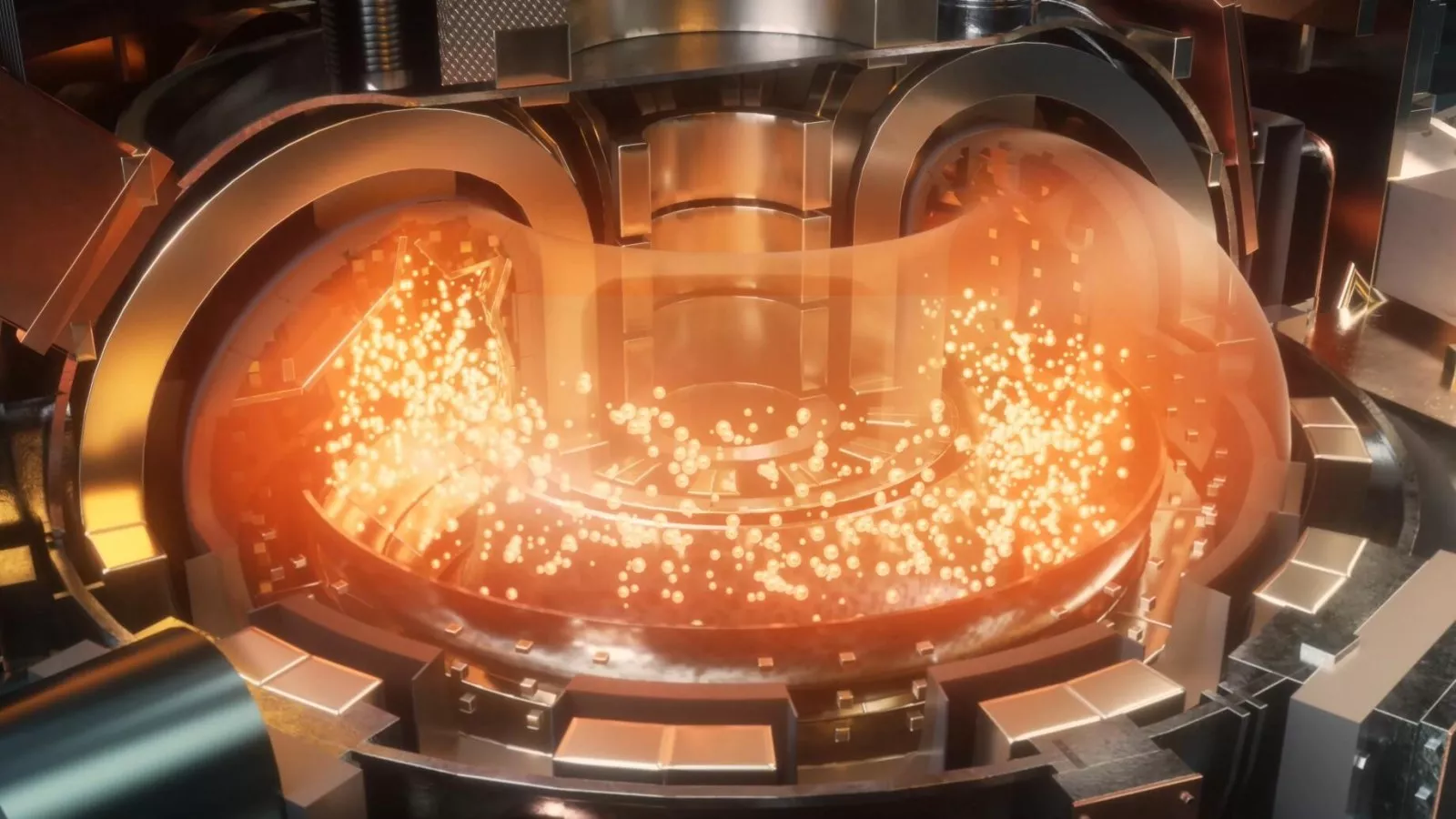Fusion Breakthrough: Scientists Shatter Energy Barriers, Paving Way for Limitless Clean Power

In a groundbreaking scientific achievement, researchers have pushed the boundaries of nuclear fusion technology by sustaining an artificial sun for an impressive 17 minutes and 46 seconds. This remarkable milestone represents a significant leap forward in humanity's quest to harness clean, virtually limitless energy.
The experiment, conducted by cutting-edge fusion scientists, demonstrates unprecedented progress in creating and maintaining the extreme conditions found at the core of stars. By successfully keeping the superheated plasma stable for nearly 18 minutes, researchers have brought us closer than ever to unlocking the potential of fusion energy.
This breakthrough could revolutionize how we generate power, offering a glimpse into a future where clean, sustainable energy might become a reality. The artificial sun, which mimics the intense heat and pressure of stellar cores, represents a critical step towards developing practical fusion reactors that could potentially solve many of our current energy challenges.
While 17 minutes might seem brief, in the complex world of nuclear fusion, this duration is a monumental accomplishment that signals hope for a transformative energy solution. Scientists continue to refine their techniques, inching closer to the dream of replicating the sun's incredible energy-generating capabilities right here on Earth.

